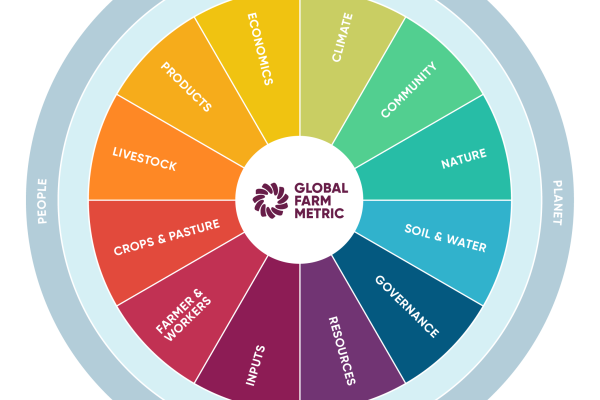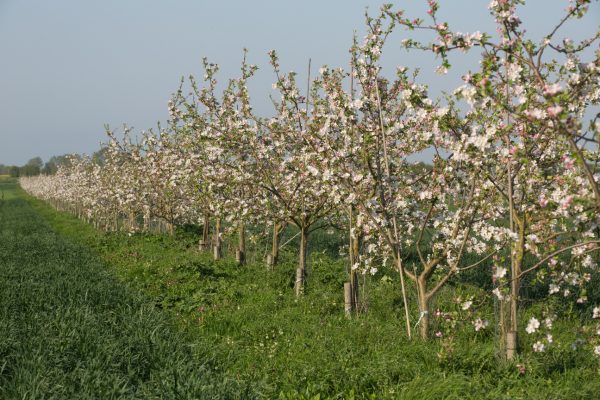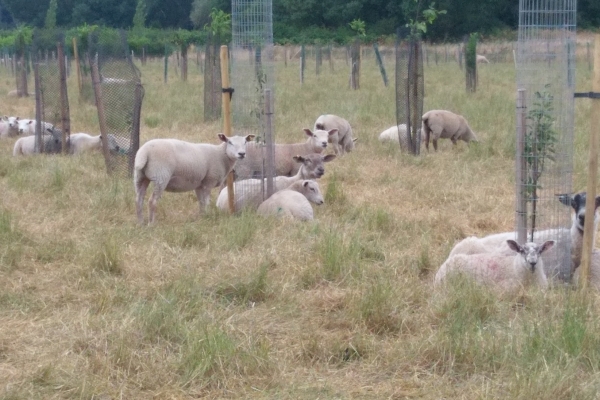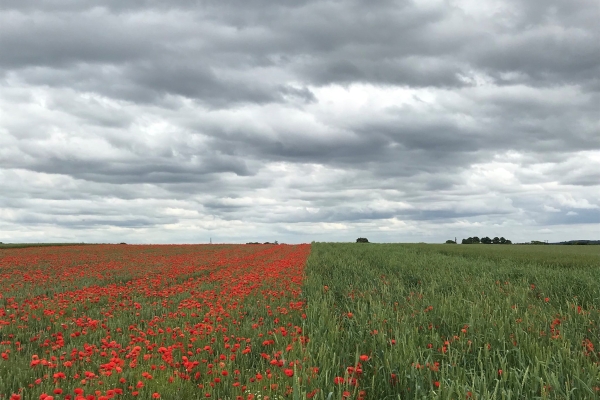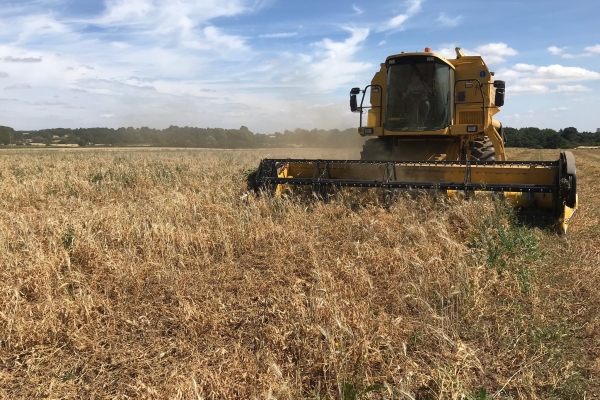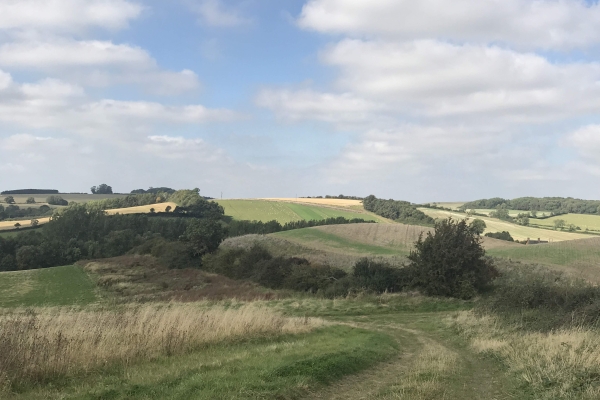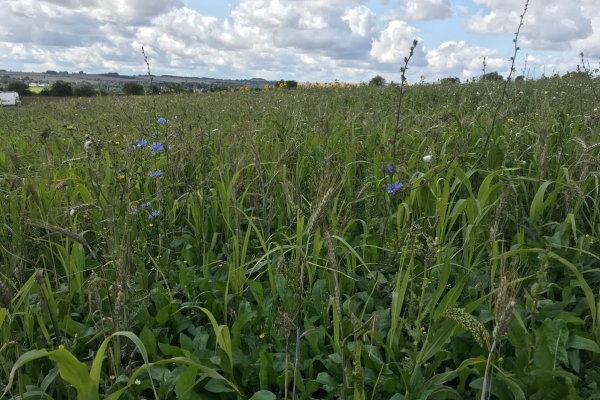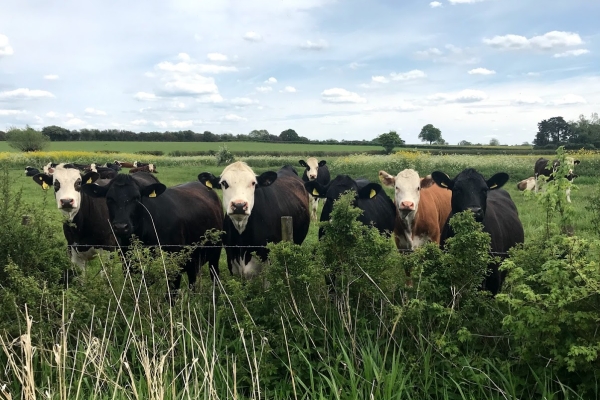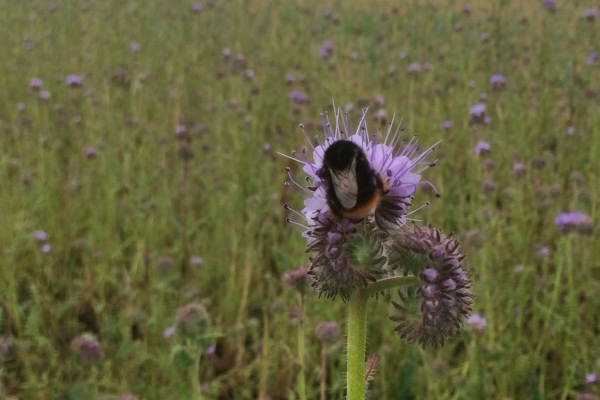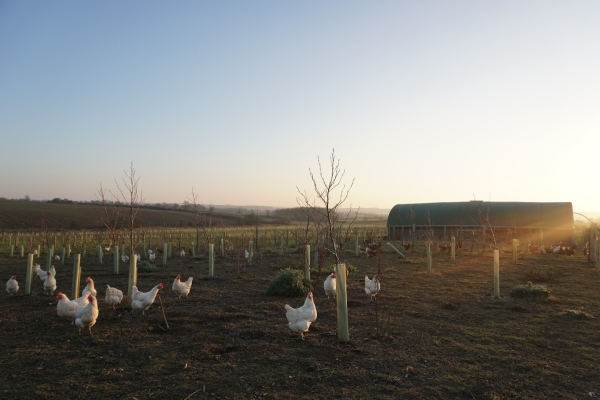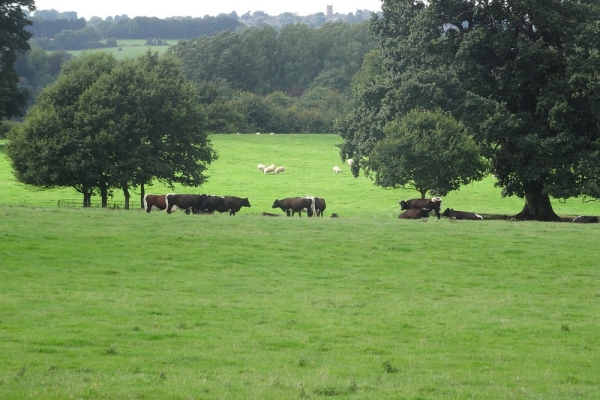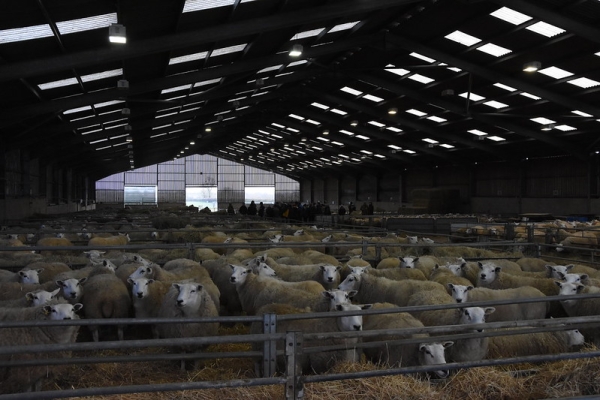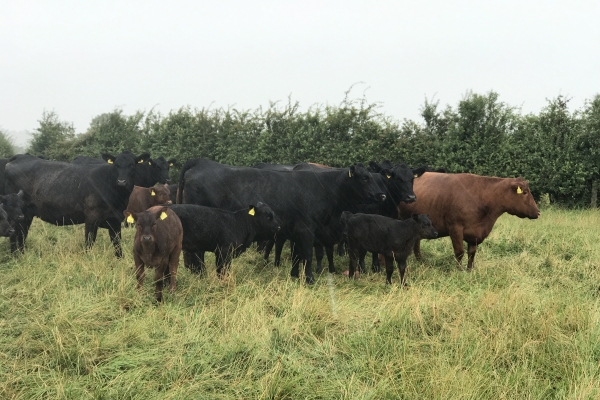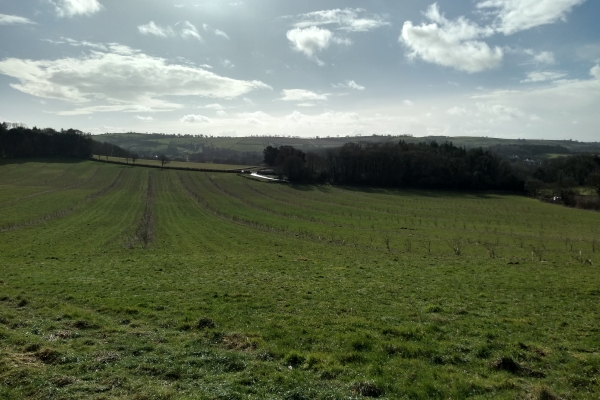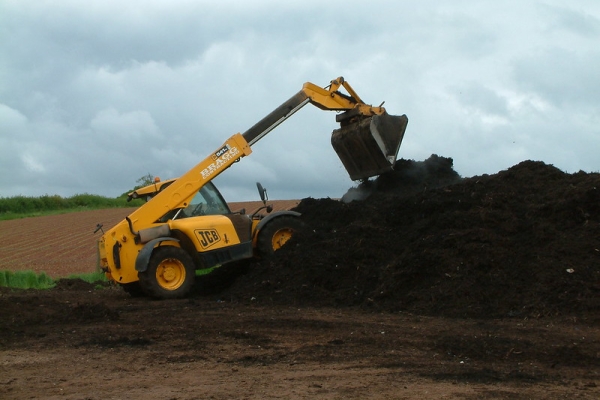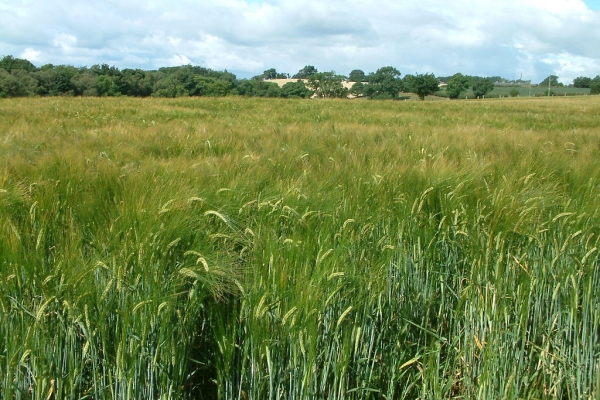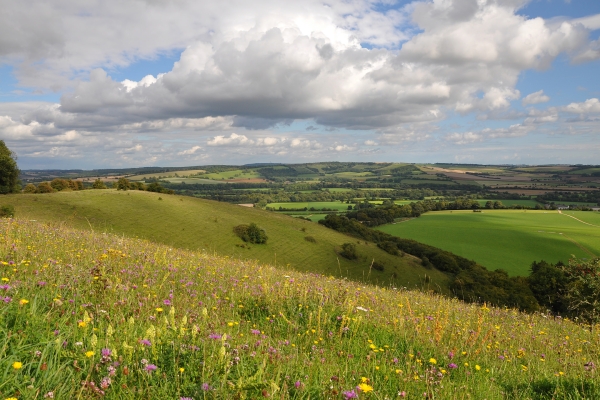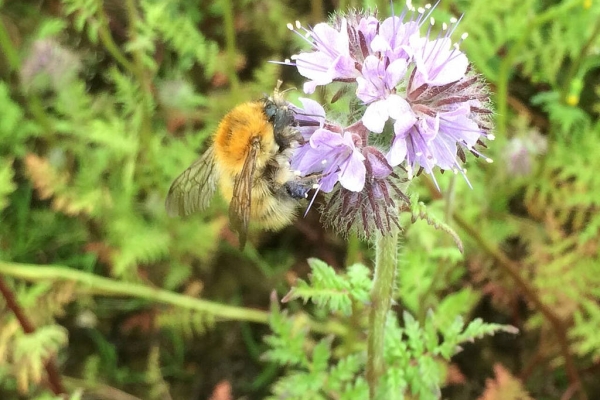Living Mulches - Technical Guide - video
In this video Matt England talks through his journey of trialling living mulches with the key learnings, observations and reflections that have come from it.
LEARN MOREThe Organic Grower Podcast is an OGA initiative which aims to be practical in focus, getting straight into the nitty-gritty of people’s growing practices and business operations.
The Global Farm Metric framework is a common framework for all food and farming stakeholders to understand, measure and monitor farm-level sustainability.
Footage of agroforestry pioneer Stephen Briggs imparting some of his learnings from a now well-established commercial agroforestry system.
Independent evidence-based analysis of the environmental and economic benefits of hedgerows.
Whatever your farming system and approach, there are many ways to reduce GhG emissions and capture carbon. Actions outlined in this NFFN report should help give some clarity on the practical steps you can take.
A policy brief summarising results and recommendations from a review undertaken as part of the Defra-funded Agroforestry ELM Test project.
Factsheet based on research undertaken as part of the LIVESEED project detailing an experiment in which wheat varieties were tested by organic farmers at a commercial field scale and includes findings that can feed into weed management strategies.
Abstract created as part of the LIVESEED project outlining points useful for farmers who may be interested in developing a genetically diverse crop, based on the experience of the ORC Wakelyns Population.
The DIVERSify project Guide for Farmers and Agronomists - summarising key results from the intercropping research carried out in an easily digestible way, dividing information into 3 keys areas.
In this podcast, recorded as part of NOCC online in partnership with OF&G, ideas around land sharing and sparing are explored.
NFFN practical guide to achieving net zero carbon emissions by 2020: Good for the climate, good for nature, good for farmers, good for you.
Resource explaining the NFU's three main themes or pillars policies and practices have been grouped under to help reach net zero GHG emissions by 2040.
A report from the NFFN demonstrating the potential for farming systems that are sustainable both for farming and the environment, and ways in which the NFFN can help support this.
A short paper exploring the ways in which applying an agroecological approach can be particularly helpful during a global coronavirus pandemic when man is reminded of how closely human, animal and ecological health are linked.
The actions we take in the next 10 years to stop ecosystems collapse, recover and regenerate nature and restore people’s health and wellbeing are critical. The Food, Farming and Countryside Commission sets out ways for policymakers, business and communities to respond to the challenges in this report.
Benchmark the physical and economic performance of your farm business with the help of the Farm Business Survey.
Pasture for Life (PfL) standards can result in improved animal welfare, ecosystem resilience, healthier soils, and increased biodiversity.
Video footage recorded when the UK AFINET agroforestry network group met at the Dartington Estate in Devon to discuss agroforestry implementation.
Using green waste compost to help manage reductions in soil organic matter in arable soils; reducing fertiliser use, improving soil health, and reducing landfill
Agricology's response to the Defra consulation paper 'Health and Harmony: The Future of Food and Farming in a Green Brexit'
Collaboration creating a circular system between dairy and arable can lower costs and environmental impact by improving nutrient management.
CPRE’s report outlines opportunities for a new vision and policies to establish a sound future for farming based on a more diverse, sustainable and resilient sector.
A factsheet based on current evidence designed to help you understand how neonicotinoids work and the impacts their use has on bees and the larger environment.
Encourage pollinators on your farm by creating and managing their natural habitats such as wildflower meadows, hedgerows and field margins.


